Fruit
Everything You Need to Know About Cider (and Why You Should Stop Calling it "Hard")
The Magical Mini Guide to Cozy Weekends

The Magical Mini Guide to Cozy Weekends
Whether you're in the mood for some soup-simmering, leaf-peeping, or nothing at all, your dream weekend awaits...
View GuidePopular on Food52
20 Comments
William M.
September 30, 2017
The Sidras, or Ciders from Spain are wonderful. In Asturias the cider country in the north of Spain, there are hundreds of 'Chigres', cider bar - restaurants that serve the local sidra and local foods. The ciders are served in an unusual way in that to induce foam in your glass, the bottle of cider is held high above the servers head and the cider cascades into the glass creating a large head of foam. I've enjoyed cider this way while in Asturias and I must say it was delicious. This part of Spain doesn't produce wine as the climate is more suited to apples so cider replaces wine here as the go to beverage with meals. There's one Spanish cider called 'El Gaitero', The Bagpiper and comes in a champagne type bottle and is sparkling and is easy to find here. There's also a natural cider called 'La Pipa', or the Pipe from the Basque country that is cloudy and slightly sparkly but not too effervescent. This cider is bone dry and really refreshing, and comes in a beer type bottle with a natural cork.. Your best bet to find some of these Spanish ciders is a Latin grocery store.
Kate H.
September 29, 2017
I'm prefer to have my fruit organic. Any suggestions of ciders to try? I have occasionally drank Sam Smith's Organic Cider from England. It's ok.
Margaret
July 29, 2017
I'm not finding any tips where to get the "French style" cider, which I suspect I would prefer to the English and Spanish. So far, any cider I've tasted is quite bitter, which isn't for me. I live in New York City -- there MUST be a place where I could get some. Also, the Belgian Lambics are not so easy to find here. Or maybe I'm living in a cave?
Dayna B.
April 7, 2016
two great cideries that ship direct are Shacksbury and South Hill Cider; and you can get limited release Aaron Burr ciders every once in a long while via Mouth.com
TheLocalCiderBar
March 12, 2016
The second cider bar in California, The Local Cider Bar, opened October of last year in Arcata. Thanks for the great article!
Sam
October 15, 2015
Upstate New York is sprouting new cideries every day, as well as some longer established ones. Great choice of fruit there and you can always check out the wineries too.
jklkljdjklasdfjklasdf
September 29, 2015
It's been called "Hard Cider" in the US since the 1800s, so I don't see what the big problem is. Either is fine.
John K.
March 2, 2017
Actually, it's only been Hard Cider in the US since Prohibition ended. During Prohibition, cider producers started labeling "fresh-pressed" apple juice and labeling it cider as a means to stay in business.
Bottom line: if it's non-alcoholic, it's not "hard", hence, the term is redundant, like "gluten-free water".
Bottom line: if it's non-alcoholic, it's not "hard", hence, the term is redundant, like "gluten-free water".
Brooke
September 26, 2015
Urban Orchard in Asheville, NC, is doing amazing things with cider and has been for some years now, I believe. And some other ciderers are popping up down there, as well as in western Virginia. LOVE Urban Orchard and their cider flights!
Jeff A.
March 20, 2016
Thanks, Brooke! We are certainly pushing the limits while staying true to the craft. We appreciate your comment and invite Leslie down to see what we're up to. [email protected]
Betsey
September 16, 2015
This post is slightly confusing in that not all states allow beer/wine/liquor sales in the supermarket. I think I will continue to call it hard cider to differentiate from the delicious apple cider that will start appearing now that apple season is in full swing in MN. Oh, and you are welcome, World, for the Honeycrisp.
Hannah W.
September 16, 2015
Two words for any and all cider drinkers: Downeast Cider.
Alexa M.
September 26, 2017
Downeast is amazing! Touring their cider house in East Boston is super fun. There's also a women-owned cider house in nearby Somerville called Bantam Cider - their Americain cider is my personal favorite.
Pia S.
September 16, 2015
Millstone Ciders (from Maryland) are also incredibly delicious, complex and becoming more available in the NYC area.
Michael S.
September 15, 2015
Thanks for this: I just ordered a copy of Jeff Alworth's book. Because I live in the Napa Valley of cider (aka Vermont)--and 15 miles from Farnum Hill, I've started drinking a lot of cider. We're fortunate here in that we do have small producers that are making high-quality ciders, but they're hard to find in places like NYC. I buy my favorite cider from the producer at a farmers market. I'm very much looking forward to the time when I can go to a place that has great draft beer and have a choice of a couple of great ciders, too. Currently, if they have cider, most places offer mass-produced dreck.
amysarah
September 15, 2015
What an informative article! I'm a big cider fan - I've mostly had it on tap in pubs in England, and some in France (there's a great, old school restaurant in Paris near the Pompidou with dishes/cider from Normandy, name is on the tip of my tongue...!) Now I'm looking forward to exploring it more at home.
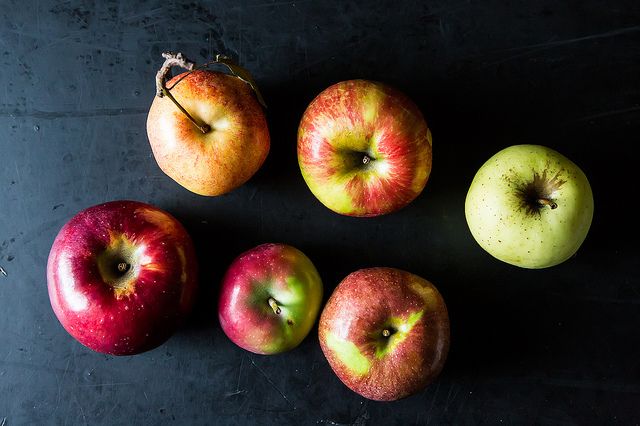
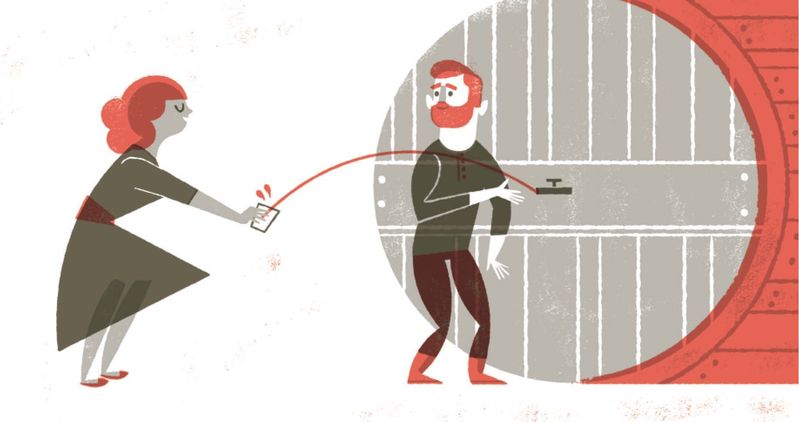
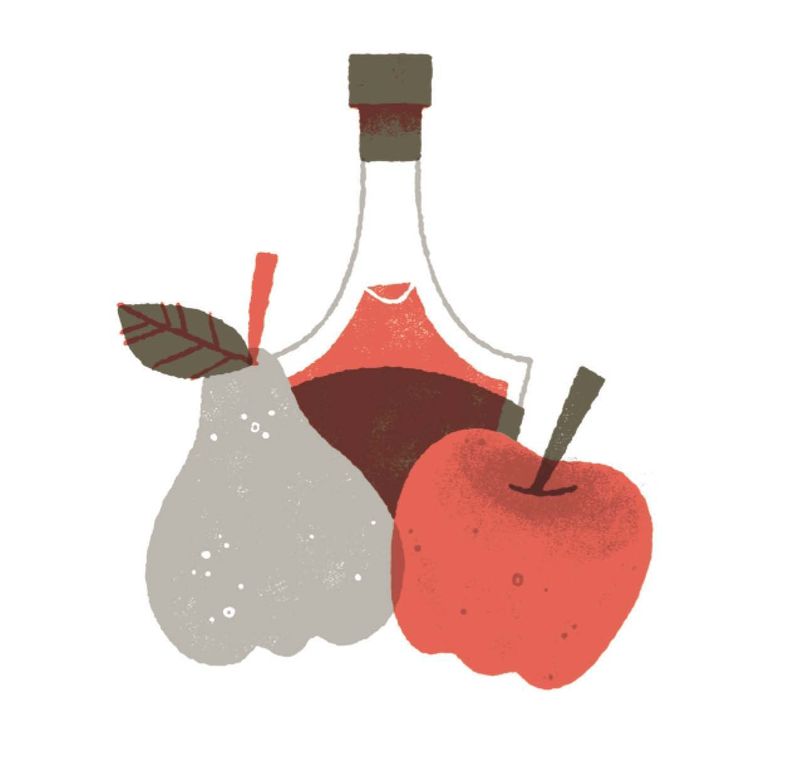
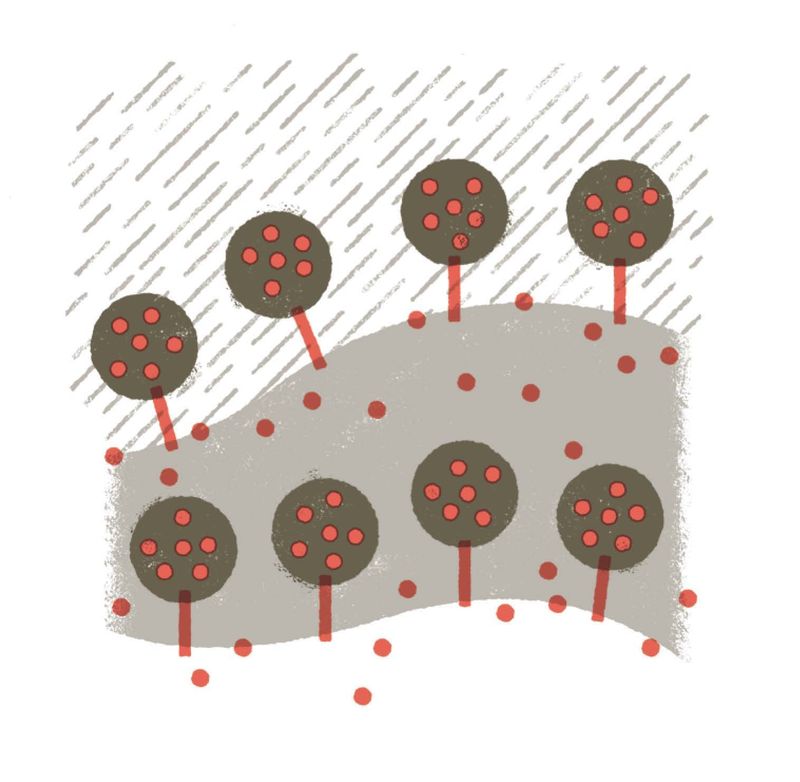
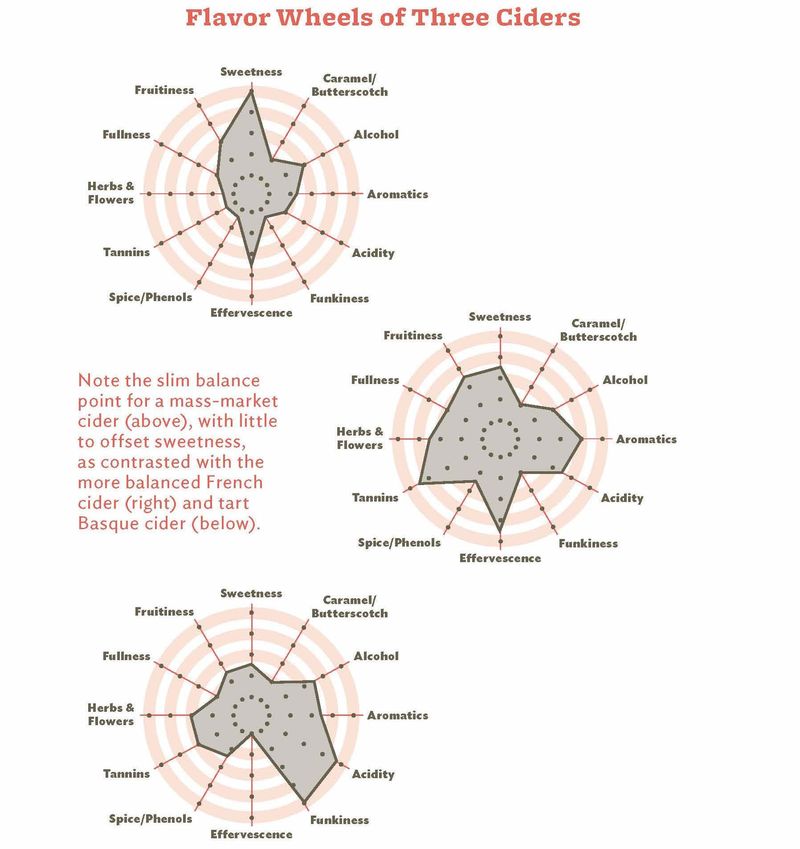

See what other Food52 readers are saying.